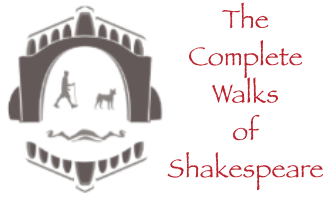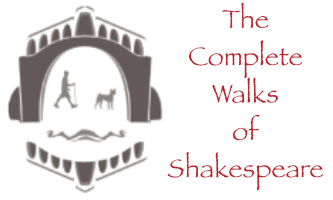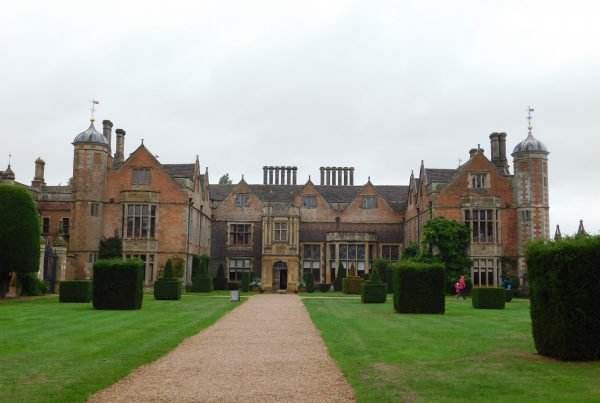Richard II
Act 1 Sc 3
The lists at Coventry
Gosford Green, Coventry
Background - “What is past is prologue”
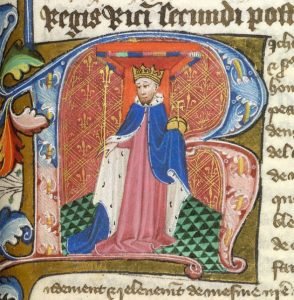 RICHARD II
RICHARD II
Written in 1595, the play opens in April 1398 with King Richard hearing the dispute between Thomas Mowbray, the Duke of Norfolk, and Henry Bolingbroke, Duke of Hereford, later Henry IV, and ends in March 1400 when Richard’s body was put on display in St Paul’s Cathedral.
It tells the story of King Richard’s fall from power and eventual death and the rise of Bolingbroke to become King Henry IV.
It’s largely based on Raphael Holinshed’s Chronicles and its earliest recorded performance was at the house of Edward Hoby on Canon Row in Westminster. The street is still there and runs parallel with the River Thames away from the eastern edge of the Palace of Westminster.
The performance took place on the 9th of December 1595.The guest of honour was Elizabeth I’s Secretary of State, Sir Robert Cecil, who 10 years later in 1605, was the man who rumbled the Gunpowder Plot.
On the Stage - “The play’s the thing…”

King Richard stops the contest between Bolingbroke and Mowbray
1:3 THE LISTS AT COVENTRY
Mowbray and Bolingbroke are armed and ready to fight, waiting as Richard listens to the men’s formal charges against each other.
He then orders their trial by combat to begin but as soon as the trumpets are sounded he stops the fight before it can commence.
He then banishes both men from the kingdom, Bolingbroke for ten years, Mowbray ‘never to return’. Henry accepts his exile, saying he will be comforted that the sun which shines on him will also shine on Richard. Thomas is considerably less happy about things, complaining that he will no longer be able to speak English and is too old to learn a new language.
Once Mowbray has departed feeling rather sorry for himself, Richard reduces Bolingbroke’s exile to six years. Gaunt is concerned he will die before his son can return.
On the Map - “Presume not that I am the thing I was”

Gosford Green
GOSFORD GREEN, COVENTRY, WARWICKSHIRE, ENGLAND
Today, Gosford Green is a public park in the middle of Coventry. There is a small monument marking the location of the event, in September 1398, which changed the course of English history, but little else besides.
People had come from across Britain and Europe to witness the spectacle of a trial by combat by two well known noblemen. After their banishment, Mowbray ended up in Venice and died there a year later on September 22nd 1399. Bolingbroke, on the other hand, did not remain in exile for long.
When Russel Thorndike, author of In the Footsteps of Shakespeare, visited the park in the late 1930s he found a peaceful scene full of children, nursemaids and prams disturbed only by passing trains on the steep railway bank that divided the gardens.
In 1940 the air raid shelter at the north corner of the park suffered a direct hit which killed 90 people.
I parked up and crossed Sky Blue Way to the park, arriving on the corner where the fated shelter once stood. Gosford Green was deserted that damp Sunday afternoon with the exception of a couple of men sharing a drink on a bench.
It was hard to imagine this being the site of an extraordinary display of colour and majesty that day in 1398. It lies just outside the long since demolished Gosford Gate.
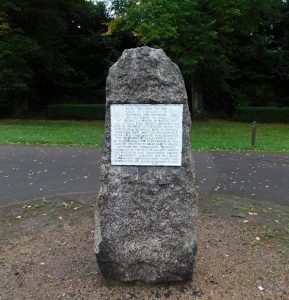
The commemorative column.
There is a memorial to the event. A small granite monolith bears a metal plate carrying an account of what happened on that day followed by the name of the man who had it put there, presumably, Mayor Mr Richard Clarke.
I was surprised to discover he was the mayor of Coventry in 1627. It seemed odd that the memorial might have been erected in a time not usually known for such things.
In 1628, Clarke set out the Orders for the Free Grammar School in the City of Coventry. The master of the school in 1628 was Philemon Holland, famed for his translations of Pliny which are believed to have influenced Shakespeare’s writing, not least in Othello.
He was also tutor to George Berkeley at Caludon Castle which is where Mowbray had stayed in the days before the events on Gosford Green unfolded, just over two hundred years earlier. Did Holland have some influence on the erecting of a memorial to his pupil’s ancestor?
George was descended from Mowbray’s youngest daughter, Isabel and another Shakespearean connection is that A Midsummer Night’s Dream was first performed at the celebration of George’s parents’ wedding in 1596. His maternal grandfather, Lord Hunsdon, was patron of The Lord Chamberlain’s Men, Shakespeare’s company.

Gosford Green looking towards Sky Blue Way.
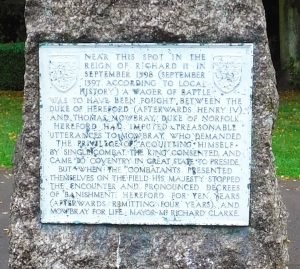
Memorial detail.
